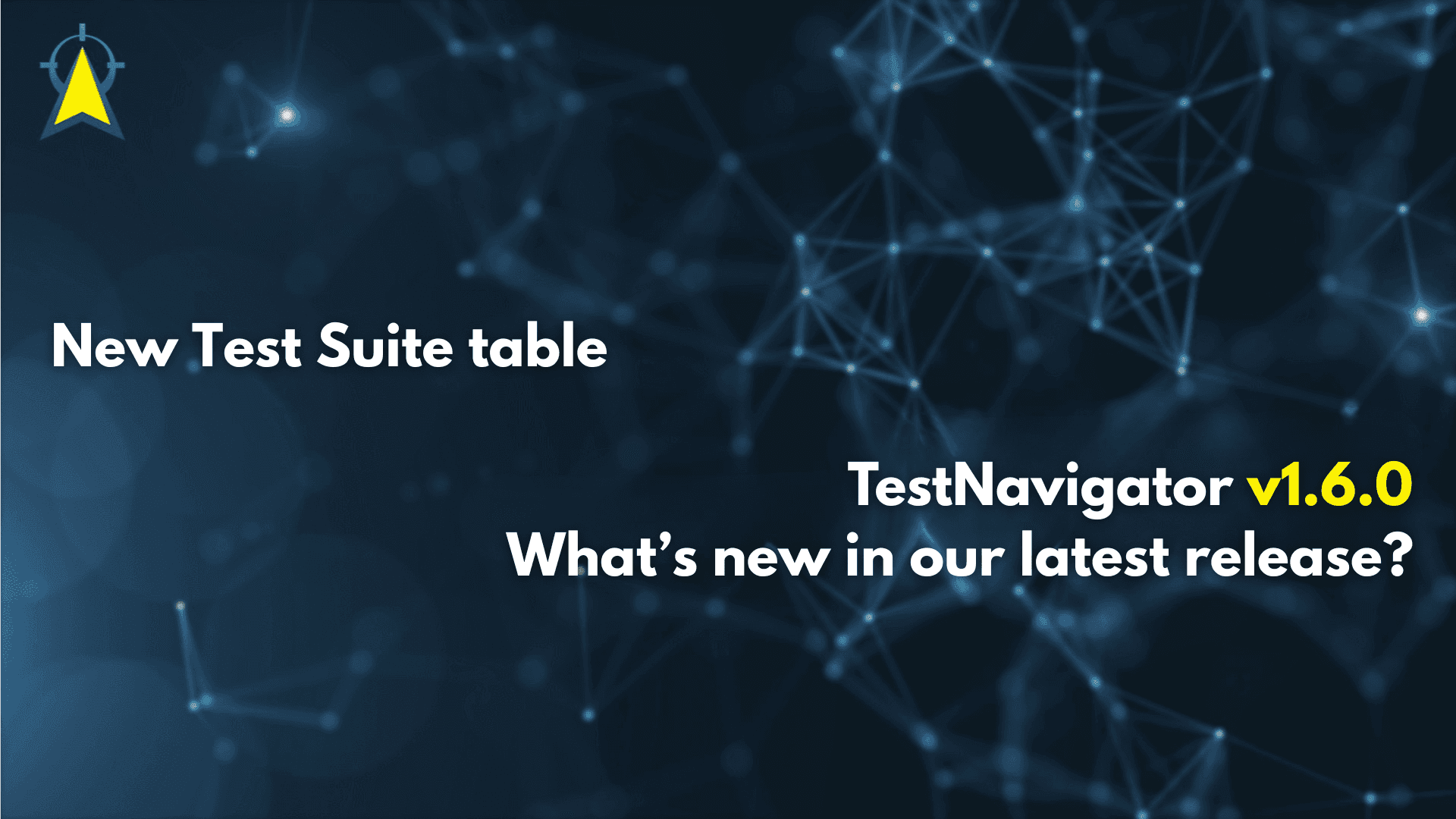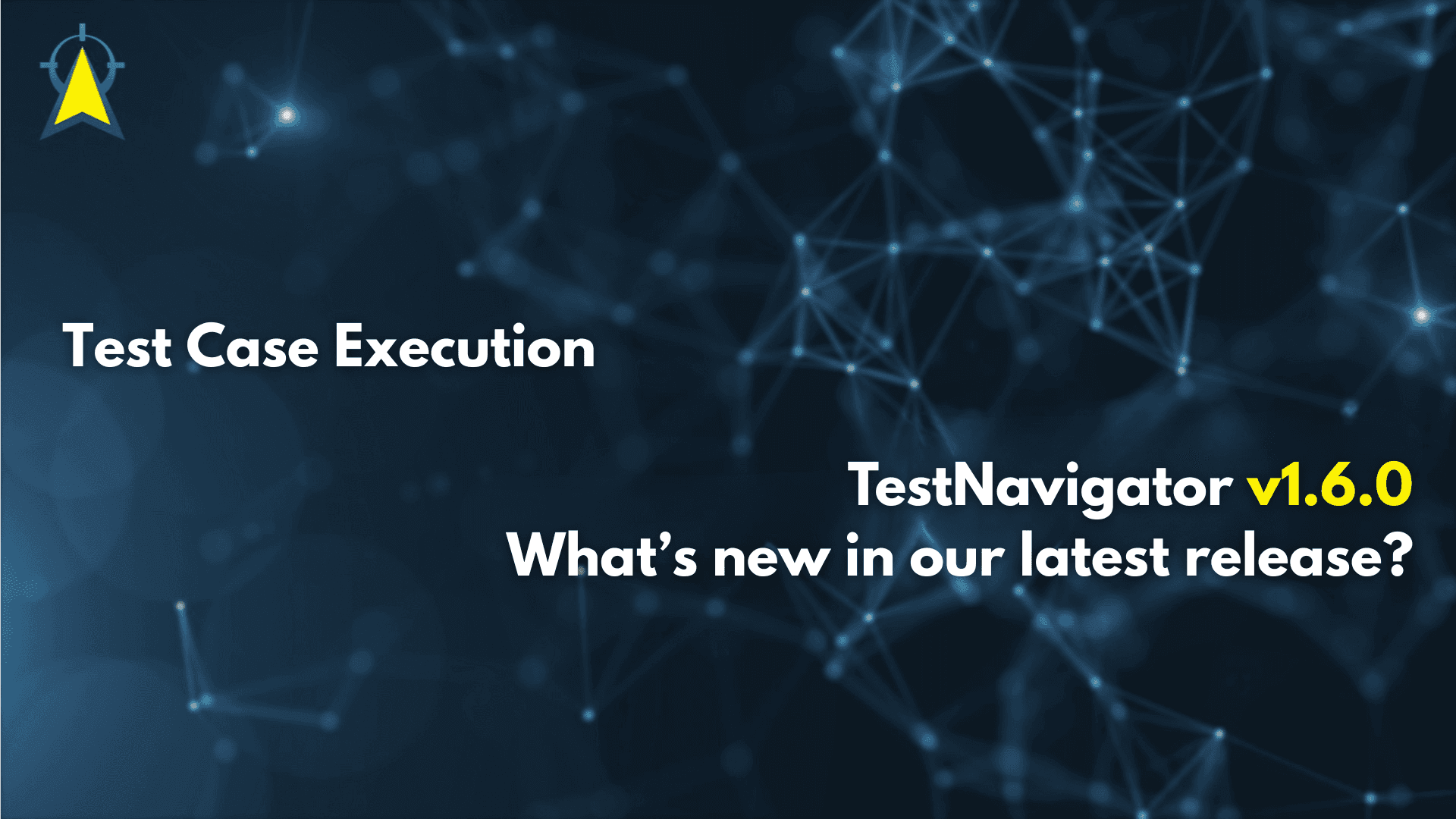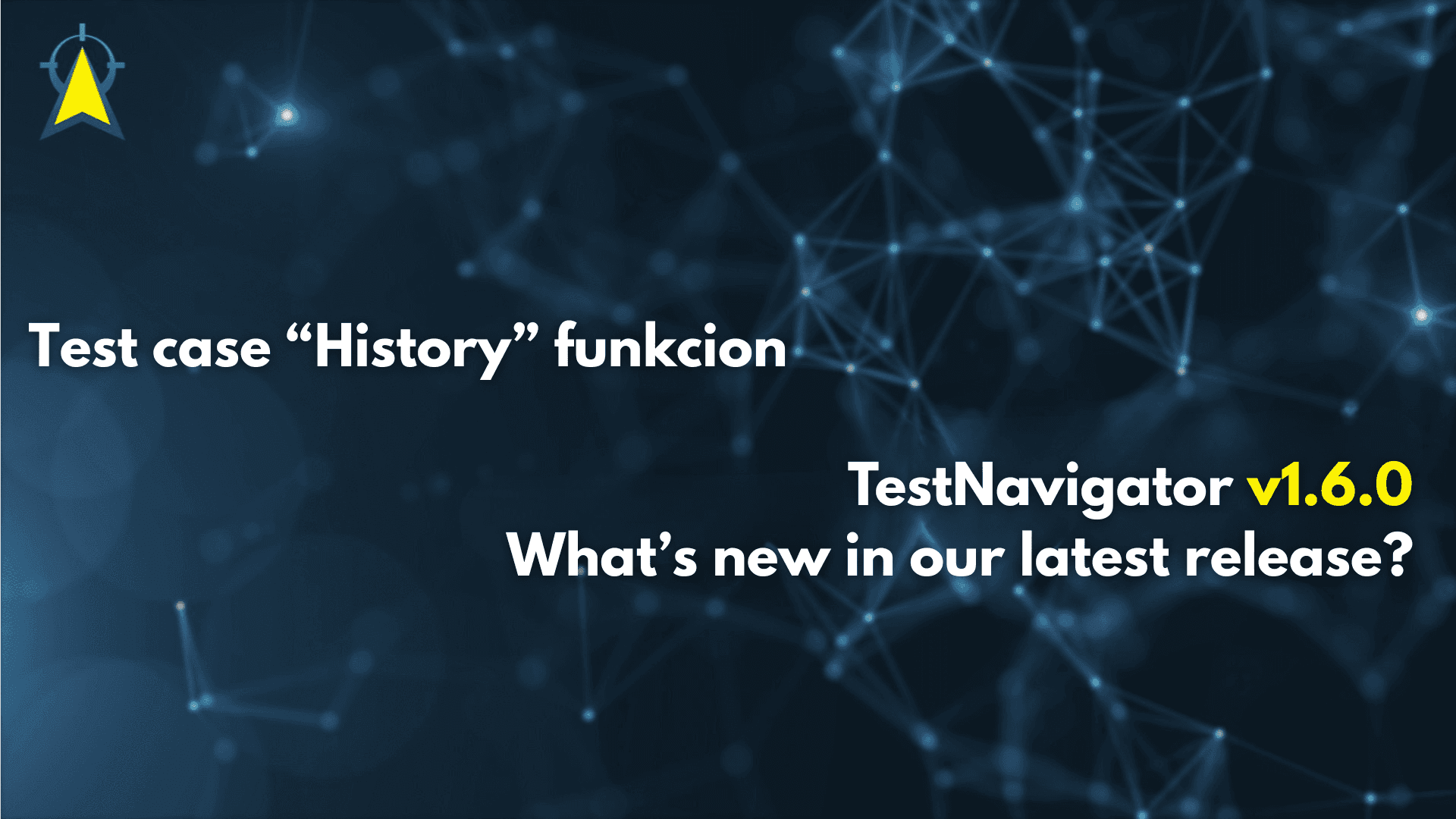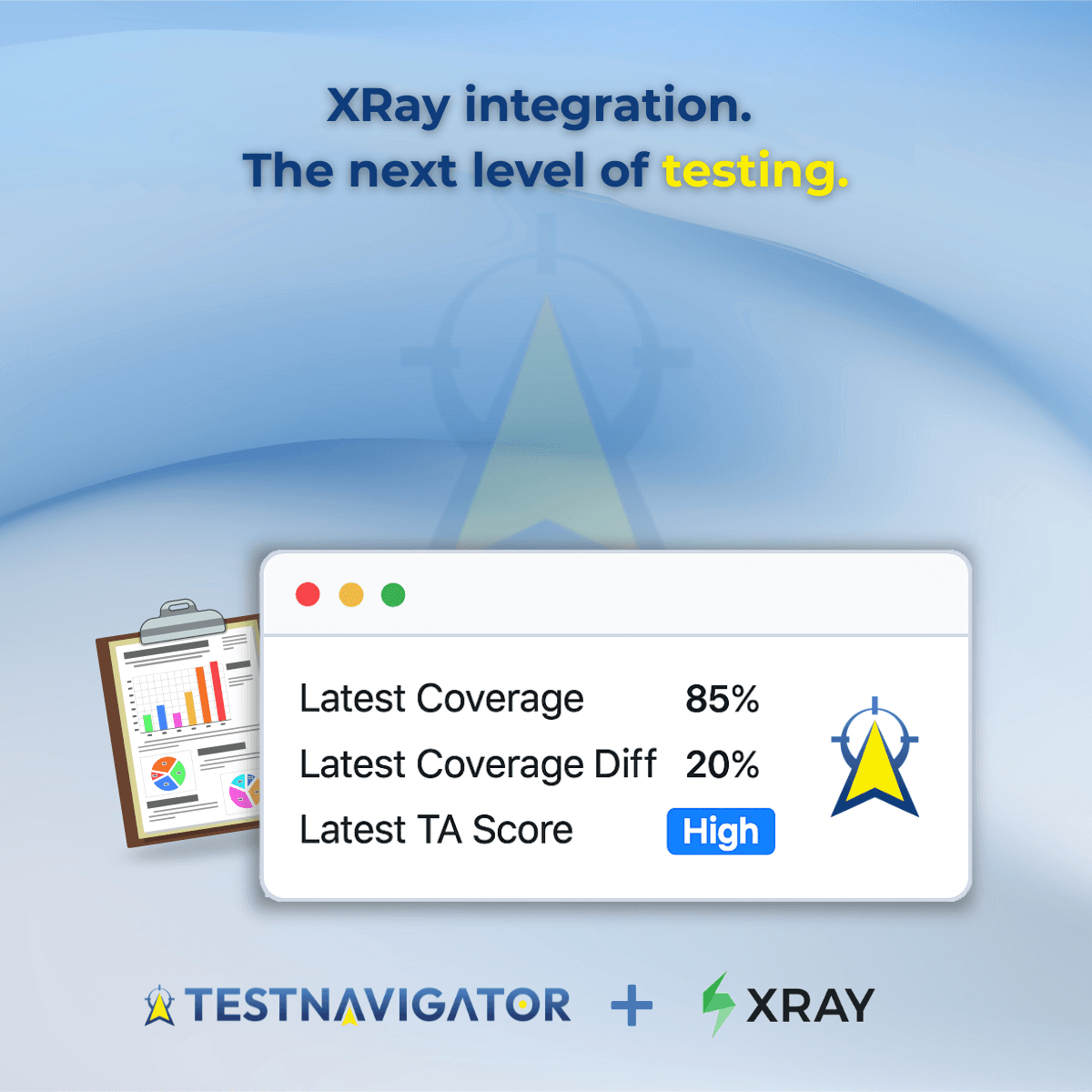Free
€0 / user / month
1 User
1 Application
1 GB file storage
1 Active test cycle
Source code integration
Code Quality integration
Jira XrayTM, ZephyrTM integration
SpiratestTM integration
TestNavigator is a comprehensive test management and coverage measurement platform that helps organizations optimize their software testing processes through features like code coverage analysis, test case prioritization, reporting, and integration capabilities, ultimately reducing testing costs and release risks.
TestNavigator is a modern test management platform that significantly reduces software release risks and costs by providing transparent coverage metrics that support confident Go/NoGo decisions. The system minimizes required testing resources through automated prioritization and change detection, while enabling data-driven executive decision-making with fast, actionable reporting.
Its flexible deployment options (cloud/on-premises) and extensive integration capabilities ensure quick, cost-effective implementation that seamlessly fits existing workflows without transition costs. Support for multi-language projects and operation without source code access makes it ideal for external audits and international, confidential developments. It provides a competitive advantage as there is currently no alternative solution with comparable capabilities in the market.
Works with many programming languages without requiring source code access
Choose between cloud or on-premises deployment based on your needs
Fast, actionable reporting for data-driven decision making
TestNavigator's key features combine advanced coverage measurement, intelligent test case prioritization, multi-language support, and change detection capabilities with flexible deployment options and seamless integration, all without requiring source code submission.
TestNavigator provides comprehensive test coverage analysis that transparently measures testing completeness across your codebase. The system tracks which parts of the application have been tested and identifies gaps, delivering precise metrics that enable objective assessment of testing readiness and quality assurance standards.
TestNavigator's advanced change detection technology monitors code modifications at a granular level, automatically identifying all changes between versions. This ensures that every modification is tracked and mapped to relevant test cases, enabling targeted regression testing that captures potential issues before release.
The intelligent prioritization engine objectively ranks test cases based on risk factors, code changes, and historical data. This automated prioritization ensures teams execute the most critical tests first, optimizing testing efficiency while maintaining comprehensive quality coverage.
A built-in test case management system allows teams to create, organize, and maintain test cases directly within the platform. This centralized approach eliminates the need for spreadsheets or external test management tools, providing version control and collaboration features in a unified environment.
The integrated source code viewer enables precise identification of uncovered code segments and dead code without requiring access to the actual source files. This visualization capability helps testers and developers quickly understand coverage gaps and target their efforts effectively.
Pre-built integrations with commonly used development and CI/CD tools enable seamless incorporation into existing toolchains. The platform's API-first architecture ensures smooth data exchange with build systems, version control, and project management solutions.
TestNavigator offers flexible pricing tailored to your organization's needs, with options for both cloud and on-premises deployment, ensuring you only pay for the features and scale that match your testing requirements.
Stay updated with the latest TestNavigator developments, product enhancements, industry insights, and success stories from our growing community of users optimizing their testing processes.

TestNavigator 1.6.0 introduces a completely redesigned Testsuite table that offers simpler navigation and faster access to information. The new tree-structured view allows test suites and test cases to be organized more clearly, while the fixed top control bar ensures that search and core actions are always within reach. The new search provides real-time results, and the Actions menu enables more logical and convenient operations. The clean visual design supports quicker decision-making and reduces unnecessary clicks. The redesign aims to provide a smooth and intuitive interface for managing test suites.

TestNavigator 1.6.0’s new Test Step Execution feature enables much more detailed and transparent testing by handling each step as a standalone unit. Testers can record results step by step, each with its own status, comment, and attachment. The interface separates execution, metadata, and notes into distinct sections, making all important information easily accessible. Issues can be documented immediately, saving is automatic, and details are fully traceable. All of this significantly improves quality assurance accuracy and supports data-driven decision-making.

One of the standout features of TestNavigator 1.6.0 is the History function, which presents a clear timeline of all changes and notes related to test cases. This interface provides real-time insight into who changed what and when—be it a status update, step edit, or attachment addition. Notes are searchable and filterable, allowing users to quickly find relevant events even in large projects. User-added notes can be edited or deleted instantly, while system-generated entries ensure full traceability. The goal of the development is to make the testing process more transparent, accurate, and easier to analyze for all stakeholders.

TestNavigator’s new Xray integration connects Jira-based test management with real-time, code-level quality data. With this, Xray’s capabilities are enhanced with automatic coverage measurement, change tracking, and optimized test execution metrics.
During the integration, test cases are synchronized, TestNavigator continuously monitors the impact of test execution on the code, and then sends the results back to Xray along with detailed reports.
This shared ecosystem enables clearer, more accurate, and data-driven testing.
Trusted by leading companies worldwide to enhance their quality assurance and testing efficiency. Join the growing community of organizations that have transformed their testing processes with TestNavigator.
Have questions about TestNavigator? We'd love to hear from you. Send us a message and we'll respond as soon as possible.